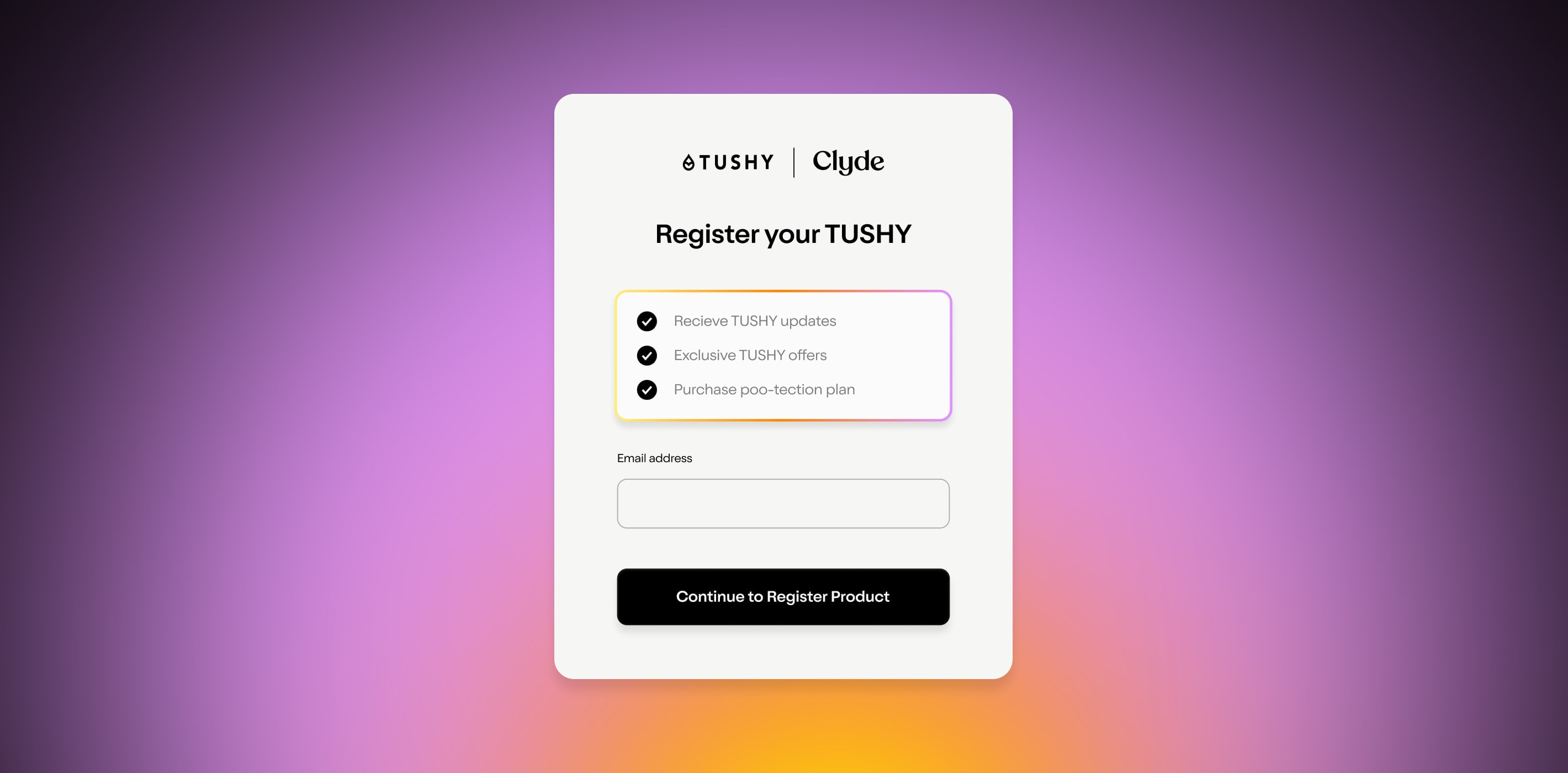“Trade shows are terribly expensive and of limited value for the business you do versus the dollars spent.”
That’s what a senior vice president of an industrial company told the Harvard Business Review .
In 1983.
People have been complaining about trade shows for nearly 40 years. And with good reason: they went away entirely in 2020, yet eCommerce had its best year yet . How can you justify spending big bucks, shelling out for space with the hope of having it pay off in terms of brand awareness or sales, when you could otherwise spend that money, like so many eComm brands did in 2020, on digital marketing efforts for a more easily measurable boost?
You justify it like this: there’s nothing like being in-person.
Companies know that. It’s why even all-remote teams gather together once or twice a year for offsite and retreats. Families know that; it’s why they host reunions.
And eComm companies know that, too, which is why they’re signing up for trade shows again—though carefully, considering the looming threat of the delta variant, and judiciously, considering what they learned about marketing ROI during the lockdown.
Though trade shows do seem to be back, they won’t look the same. We looked at research reports and talked to industry experts for this explainer on the future of in-person marketing events. It’s part of our series Growth Reimagined: eComm Strategies That Work, No Lease Required, all of which look at successful marketing strategies and share expert perspective on what their future holds:
Expos and Trade Shows Are Back—But Different
We looked at how pop-ups offer eComm companies flexible ways to explore retail and brand-building, how influencer partnerships can cost millions—or absolutely nothing, and how social shopping brings together the physical experience of window shopping with the tech-enabled ease of eComm. And now we’re finishing off the series by exploring the HBR’s favorite topic: trade shows.
What happened to trade shows in 2020?
Danica Tormohlen is a journalist who has covered trade shows for more than 20 decades. She’s penned thousands of words about the industry, but has just one to describe what 2020 was like: “Devastating.”
“Many trade shows were forced to postpone or cancel due to gathering restrictions and capacity limits caused by the pandemic. Only a handful of trade shows serving the retail sector, such as Surf Expo, MAGIC, WWIN, OFFPRICE, Las Vegas Market, Atlanta Gift & Apparel Market, have been held since March 2020,” explains Danica.
A report published in May 2020 looked at the future growth of trade shows and anticipated single-digit expansion through 2025, to the tune of tens of billions of dollars. (The entrance fees alone hit $30 billion in 2019!) 2020 slowed that growth significantly as the global exhibition and trade show industry shrunk by 68%, resulting in the loss of 2.4 million jobs, per February 2021 reporting .
Jason Bradwell, host of B2B Better and author of B2B Bite , a podcast and a newsletter aimed at helping early stage b2b marketing teams do better than boring work, explains it from the businesses’ perspective: 2020 took the position of power away from the trade shows.
“Historically, trade shows have really been the backbone of any kind of marketing strategy, particularly when you're working with incredibly long sales cycles that range from three months to three years,” he says. “In-person moments where you can connect and reconnect with potential customers and existing customers in person has been super important. Trade shows were in a position of power, where they have been able to charge incredibly high fees for booth space, speaking opportunities, networking events. That’s no longer true.”
What has 2021 looked like for the trade show industry?
Trade shows got through 2020—and started off 2021—by going virtual. As Danica wrote for PCMA :
There’s no such thing as a virtual exhibition, said Jochen Witt during a Web Summit 2020 panel discussion in December. “It’s nonsense. It does not exist. An exhibition is feel, taste, smell, touch. It’s not possible virtually, it’s not possible digitally. Did you ever take a digital swim or a virtual meal?”
That being said, virtual trade shows and expos happened; CES, the largest annual trade show in the States, was one of the shows that went entirely online. It still allowed attendees to explore new products and offerings, and Danica tells Clyde that she expects to see hybrid expos continue in 2021, as organizers offer in-person events for smaller groups but host virtual gatherings for those who can’t (or don’t feel safe) joining.
Events that do happen in-person are continuing to evolve their policies based on the latest COVID news, some requiring masks, proof of vaccination, or both. Organizers are also likely to keep more flexible registration policies, where attendees who change their plans last-minute can put some or all of their registration fee towards future attendance.
CES is keeping a digital component for 2022; they’ve already announced that while they’ll have an in-person show January 5-8 in Las Vegas, they’ll include virtual events as well. Other big trade shows are prioritizing an in-person return: Pack Expo will be in Las Vegas in September, InfoComm is live from Orlando in October, and HX: The Hotel Experience is heading to New York in November.
While many shows are planning to come back in 2021, they may find that attendance has dropped.
A GlobalSpec survey of industrial marketers found that 29% of them didn’t budget for tradeshows at all in 2021, whereas 38% are planning to spend some money, but less than they did in previous years. (That may be just because business travel was an impossibility for many people for at least the first half of the year, though.)
Jason falls into that 38%—for now. “Will l I revert to simply paying a five-figure, six-figure sum for a trade booth at a conference that, at least for the next 12 to 18 months, is going to be somewhat localized?” asks the UK-based marketer.
What opportunities exist for trade shows?
If 2020 wasn’t the death knell for trade shows, 2021 certainly won’t be. Jason is excited about two types of innovative events that came out of the industry’s tough last year, and hopes to see the industry lean more into them:
Small-scale networking events. Trade shows have been effective in the past because of their networking potential, says Jason, and smart conferences and expos have found a way to replicate that. Instead of dumping hundreds of people in a Zoom, though, successful virtual events have offered up free, interesting experiences—from webinars to conferences to networking events—that connect big-dollar sponsors directly with their target buyers.
Talent incubators. “I’ve seen [events] bring together some of the best-of-breed new kids on the block that are standing to transform a particular industry, bundling them together into some kind of incubator and giving sponsors an opportunity to engage or invest in those startups,” says Jason. “They then build a kind of content or digital program around that experience.”
What opportunities exist for eComm companies?
What does the average marketing director do with this changing landscape? One, sign up for trade shows that still make sense given their industry (As Clyde just did at RetailX). Here are specific cases Danica would have you think about:
Companies who usually face stiff competition. “There will likely be less competition from international companies who may not be able to get into the U.S. and even some national brands who might have corporate travel bans in place, at least in the short term,” explains Danica.
Companies with available product. “As supply chains issues and shipping delays persist , many retailers who I have interviewed in recent months report they are looking at attending trade shows to find new vendors who have product ready for delivery,” says Danica.
Companies who haven’t exhibited before. If you’re new to exhibiting, you just might be able to get in at a sweet deal. Danica has some advice: “Ask organizers if they offer first-time discounts, a product showcase or any other promotional packages to help first-time exhibitors.”
Additionally, remaining committed to investing in other marketing avenues, especially ones you can control more of, like social and content (hello from this content piece you’re reading!) is vital.
On that second point, Jason suggests asking one question: “How do we deliver more value and expertise to the world and shift that focus away from us going to customers and more to bringing the customers to us?”
If your company hasn’t invested in owned content before, Jason suggests starting by finding a competitor or two who are doing well in social, content, and community marketing. “Use that as your case studies to add credibility to your argument as to why this is worth exploring,” he says.
“It’s going to be a balancing act, in terms of how marketers leverage trade shows and conferences and external events and marry them up with their own events and their marketing strategies. It’s a build or buy argument: where do you choose to build your own audience, where do you choose to buy access to another audience?” asks Jason. “You will need both.”
SIGN UP FOR OUR NEWSLETTER


















